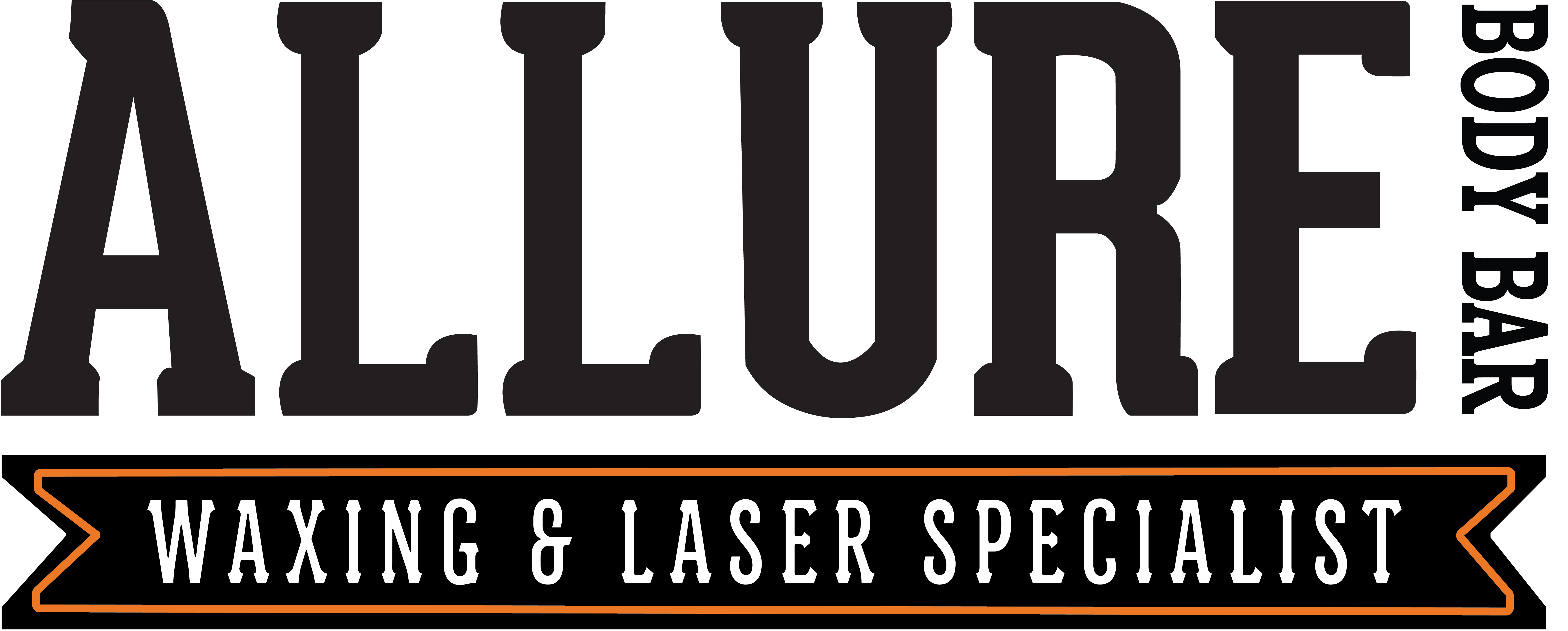Hopefully, once your bikini wax treatment is finished, you’ll realize that the worst is over you and you can relax and take in your smooth bikini area. But, you’ll need to know how to keep your skin smooth, soft, and healthy thereafter if you want to keep your hair-free look.
The things that cause skin irritation after waxing vary from person to person. Some persons are more likely to get ingrown hairs due to the thickness or curliness of their body hair. Others have soft skin that is easily irritated or reddened by even tiny amounts of heat or friction, or it can become inflamed after waxing.
Whether you’re a professional looking to make sure your clients don’t develop bumps after waxing or a first-time waxer, here’s everything you need to know about post-bikini wax care, regardless of your situation.
Scrub both before and after your waxing session.
Cleanse the area two days before and three days after a wax procedure to help remove dead cells from the skin’s surface and encourage hairs to prick through.
It is advised to physically scrub the area to assist separate the hair’s free edge from the skin, which will make it simpler to remove during the waxing process. Strong chemical exfoliants should also be avoided as they could cause skin irritation and raise the possibility of a burn from the hot wax. Instead, to help maintain a healthy skin barrier, use mild scrubs with hydrating ingredients.
Wetness
The best defense against ingrown hairs is soft skin. Hair will grow out more readily and skin will be more soft after moisturizing.
After waxing, take a 20-minute shower and use an in-shower oil during that time. After that, apply lotion. Applying lotion or oil to damp skin helps keep part of the moisture on the skin, which helps to lock in moisture.
Avoid using steam and soaking treatments.
The follicle that is left vacant after hair removal is more open to bacterial invasion.
You can shower after your wax treatment, but avoid bathing or using a pool for the rest of the day as the bacteria or chlorine in the water may hurt your skin. Saunas and excessively hot steam rooms should also be avoided right after waxing because they can irritate the skin.
Avoid direct sunshine.
To wear a bikini and relax in the sun, many ladies opt for bikini waxing. But remain in the shade for a minimum of 48 hours, or until the redness that followed the waxing has subsided. In and of itself, waxing is an exfoliating process that removes skin cells that shield the skin from the sun. Your skin is more prone to burn as a result of exfoliation and hair removal, which can remove a physical barrier. Furthermore, dark patches, sometimes called hyperpigmentation, may result from increased sensitivity to the sun, especially if you are on certain drugs.
Don’t touch other people.
It is alluring to check out your newly found smoothness. However, you should hold off on feeling it with your fingers down there for at least a day. This is due to the possibility of bacterial introduction from contacting the recently sensitized area with your fingertips.
Maintain a relaxed grip
After waxing, stay away from wearing anything too tight or restrictive for a few days. This reduces friction, which can cause sweating and the accumulation of bacteria, and expedites the healing process.
Some useful information:
- Ingrown hairs produce older bumps, whereas irritation is the cause of new ones.
- Timing is crucial when it comes to waxing. Steer clear of scheduling throughout your menstrual cycle and take a minimum of two days off from strenuous exercise and the gym.
- Post-waxing pimples are common and can last for up to a day. On the other hand, using a calming gel or lotion helps hasten the removal of the bumps.
- Refrain from touching the skin with your fingers and avoid activities that cause friction.
- Two days after waxing, exfoliating aids in the extraction of ingrown hairs.
- If the bumps continue or start to hurt, you might be experiencing an allergic reaction. See your doctor if the condition continues. Obtaining the names of the items used by the salon is also a good idea so you know what to avoid going forward.
When you choose Allure Body Bar for your waxing needs, our experienced professionals guide you on optimal scheduling. We recommend avoiding waxing during your menstrual cycle and taking a brief break from vigorous exercise to ensure your skin’s comfort.
Our commitment to your well-being extends beyond the treatment room. At Allure Body Bar, we prioritize your satisfaction and safety. Should any concerns arise, including potential allergic reactions, we recommend seeking medical advice. Feel free to inquire about the products used during your visit to our salon for future reference.

